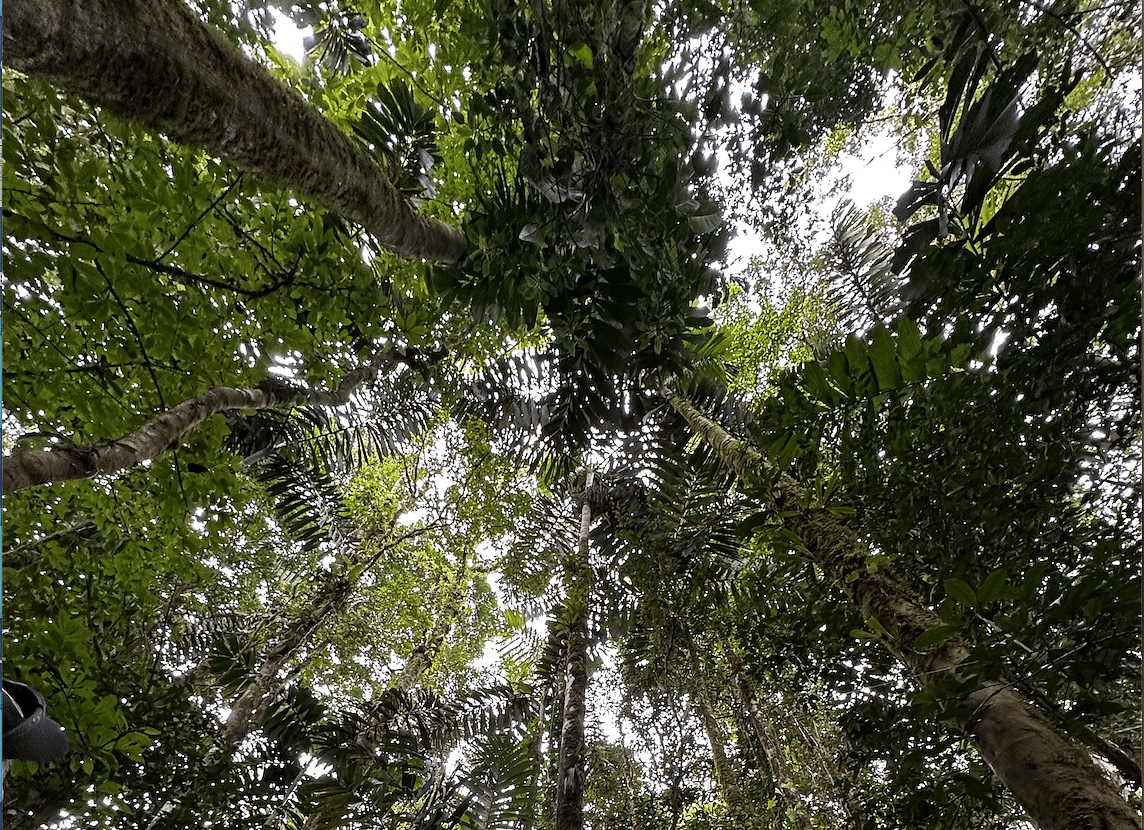
American Loneliness and Mental Health
By Helen Sneed
In May 2023, the Surgeon General, Dr. Vivik Murthy, declared that loneliness is the new American epidemic. Fully one half of all American adults have declared themselves lonely. The subject is of intense interest to Valerie and me. Over the years I have often stated that loneliness is what kills people with mental illness. As Dr. Jeremy Nobel said, “It won’t just make you miserable, but loneliness will kill you. And that’s why it’s a crisis.” With our comprehension based mainly on personal experience, we were astonished by the magnitude of the condition and the cataclysmic effect loneliness can have on an individual and on society.
In order to understand the impact of loneliness on mental health, we needed two episodes to make a substantial investigation. Part One focuses on where America is today with the loneliness epidemic and its powerful impact on so many aspects of our lives. Part Two concentrates on finding the pathways and methods to overcome loneliness and to forge human connections that support recovery.
To begin, let’s define two key words.
Loneliness. From the Oxford Dictionary, “Sadness because one has no friends or company.”
Solitude. From Merriam Webster, “The state or situation of being alone or remote from society.”
Paul Tillich had his own definition, “Loneliness expresses the pain of being alone and solitude expresses the glory of being alone.”
In Part One, the more we dug into the subject, the more astonishing revelations came to light. The personal, biological, and societal causes and the impact of loneliness on physical and mental health, from the staggering economic toll, to the breakdown in community and faith institutions, to the decline of marriage, defined a powerful force that can disfigure a person and a culture. Through this work, we learned that loneliness is a double-edged sword. Loneliness can create mental illness; mental illness can create loneliness. In fact, acute, prolonged loneliness releases chemicals so potent they can shrink the brain. Literally.
The virulent power of loneliness was quite an eye-opener for Valerie and me. But in Part Two, we found an equally astonishing capacity in the individual to fight and conquer it. How social connection can help heal a person’s health in mind and body. The brain’s amazing regenerative power to reverse its direction and build new pathways out of hell. Many solutions for loneliness can be developed and used, even in those who must start from scratch. Social connection is a proven conduit to and support of recovery.
In Part Two, many routes to overcoming loneliness are discussed. Relationships with family, friends, and in the community. Goal-setting that’s manageable and done in small steps. A host of skills and methods to create connection and overcome isolation.
One essential key to overcoming loneliness is to cultivate solitude as an enriching component of one’s life. It’s a place where a person can develop a positive relationship with him or herself. With this in mind, we also provide activities and ideas for productive and satisfying time spent away from others.
Please do not miss our two parts on loneliness. From creating these episodes, I can honestly say that I learned far more about myself, my mental illnesses, my ability to overcome them, and my life in recovery. The information drove me deep within, where I could see and understand myself more fully than ever before. It’s abundantly clear. My connection to other people and their generosity and love have saved my life and bring me the greatest joy I know. In the words of Norman Cousins, “The eternal quest of the individual human being is to shatter his loneliness.” I’m here to tell you it can be done.